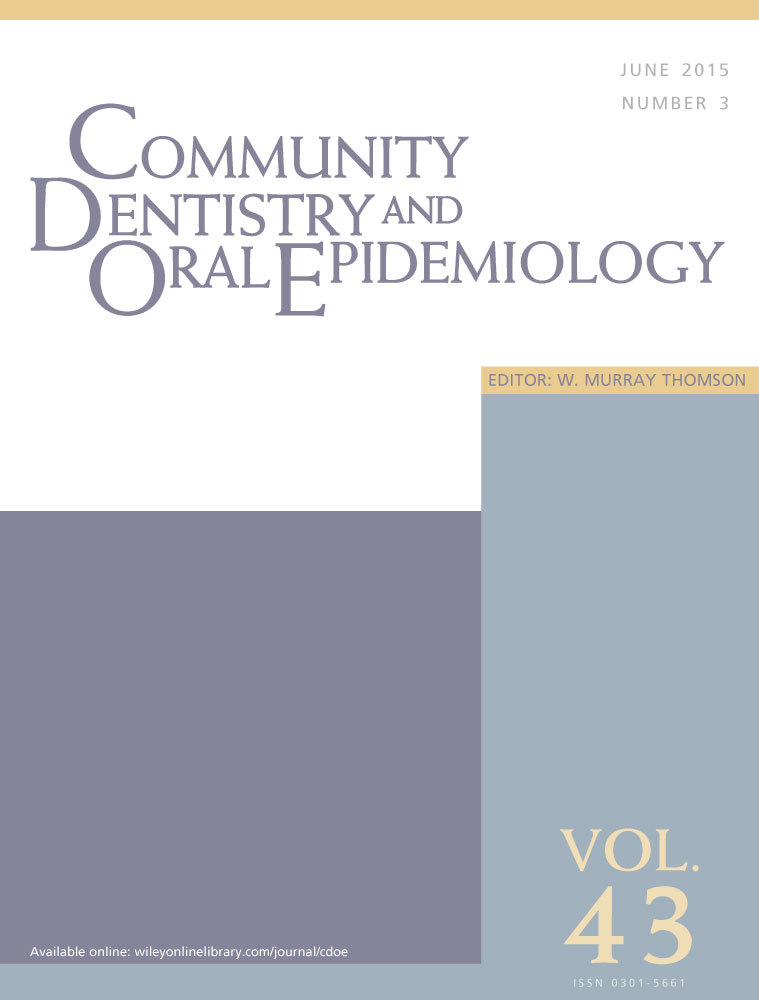Use of the theoretical domains framework to further understanding of what influences application of fluoride varnish to children's teeth: a national survey of general dental practitioners in Scotland
Abstract
Objectives
Despite recent improvements in the oral health of Scotland's population, the persistence of childhood dental caries underscores a need to reduce the disease burden experienced by children living in Scotland. Application of fluoride varnish (FV) to children's teeth provides an evidence-based approach to achieving this goal. Despite policy, health service targets and professional recommendations supporting application, not all children receive FV in line with guidance. The objective of this study was to use the theoretical domains framework (TDF) to further an understanding of what may influence fluoride varnish application (FVA) in General Dental Practice in Scotland.
Methods
A postal questionnaire assessing current behaviour (frequency of FVA) and theoretical domains (TDs) was sent to all General Dental Practitioners (GDPs) in Scotland. Correlations and linear regression models were used to examine the association between FVA and the TDs.
Results
One thousand and ninety (53.6%) eligible GDPs responded. Respondents reported applying FV more frequently to increased risk and younger children (aged 2–5 years). Higher scores in eight TDs (Knowledge, Social/professional role and identity, Beliefs about consequences, Motivation and goals, Environmental context and resources, Social influences, Emotion and Behavioural regulation) were associated with greater frequency of FVA. Four beliefs in particular appear to be driving GDPs' decision to apply FV (recognizing that FVA is a guideline recommended behaviour (Knowledge), that FVA is perceived as an important part of the GDPs' professional role (Professional role/identity), that FV is something parents want for their children (Social influences) and that FV is something GDPs really wanted to do (Emotion).
Conclusions
The findings of this study support the use of the TDF as a tool to understand GDPs application of FV and suggest that a multifaceted intervention, targeting dental professionals and families, and more specifically those domains and items associated with FVA may have the greatest likelihood of influencing the evidence-based behaviour.




